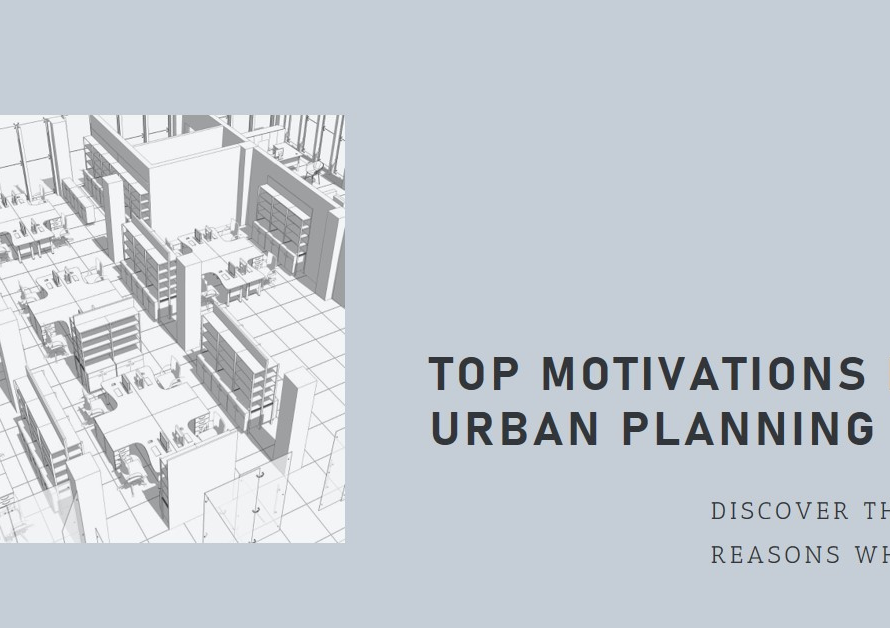
Table of Contents
- Introduction:
- Understanding the Exam:
- Setting Clear Goals:
- Building a Strong Foundation:
- Engaging with Resources:
- Developing Critical Thinking Skills:
- Refining Time Management:
- Embracing Creativity:
- Staying Calm and Confident:
- Conclusion:
Introduction:
Entering the realm of architecture is a journey filled with creativity, precision, and innovation. But before stepping into the studio, aspiring architects must first pass through the gateway of an architecture entrance exam. This crucial test evaluates not just knowledge, but also problem-solving skills, design acumen, and spatial awareness. In this comprehensive guide, we will explore the essential steps to prepare effectively for an architecture entrance exam, equipping you with the tools and strategies to ace the challenge ahead.
Understanding the Exam:
The architecture entrance exam is not your average test; it is a multifaceted assessment that delves into various aspects of architectural theory, design principles, and spatial reasoning. To excel, one must grasp the format, content, and expectations of the exam. Typically, these exams comprise sections on mathematics, drawing, design fundamentals, and sometimes even verbal or written communication skills. Additionally, some institutions may include a portfolio review or interview as part of the evaluation process. Understanding the weighting of each section and the overall structure of the exam is crucial for efficient preparation.
Setting Clear Goals:
Before embarking on your preparation journey, take the time to establish clear and achievable goals. Determine your target score, deadlines, and milestones along the way. Break down the study material into manageable chunks, allocating specific timeframes for each topic or section. By setting concrete objectives, you not only stay focused but also track your progress effectively. Whether it’s mastering perspective drawing or mastering architectural history, having a roadmap will guide you towards success.
Building a Strong Foundation:
Like constructing a building from the ground up, preparing for an architecture entrance exam requires a solid foundation of knowledge and skills. Start by revisiting the fundamentals of mathematics and physics, as these subjects form the backbone of architectural principles such as structural integrity and spatial geometry. Familiarize yourself with key concepts such as proportion, scale, and symmetry, which are fundamental to architectural design. Additionally, hone your drawing and sketching abilities, as visual communication is an integral aspect of the profession.
Engaging with Resources:
In the digital age, a plethora of resources is at your fingertips, waiting to be explored. From textbooks and online courses to instructional videos and forums, the options are endless. Seek out reputable sources that align with the content and format of the architecture entrance exam you are preparing for. Utilize practice exams and sample questions to gauge your understanding and identify areas for improvement. Moreover, don’t hesitate to reach out to fellow aspirants or mentors for guidance and support. Collaborative learning can offer fresh perspectives and insights that enhance your preparation process.
Developing Critical Thinking Skills:
Architecture is not just about following a set of rules; it’s about pushing boundaries, challenging conventions, and thinking outside the box. Cultivate your critical thinking skills by engaging in analytical exercises, design challenges, and brainstorming sessions. Explore diverse architectural styles, historical movements, and contemporary trends to broaden your perspective and fuel your creativity. Practice conceptualizing and articulating your ideas effectively, whether through sketches, models, or verbal presentations. Developing a robust repertoire of critical thinking skills will not only enrich your exam preparation but also empower you as a future architect.


Refining Time Management:
Time is a precious commodity, especially when facing a time-bound exam. Refine your time management skills to optimize efficiency and productivity. Create a study schedule that balances focused study sessions with regular breaks to prevent burnout. Prioritize high-yield topics while allocating sufficient time to revisit challenging concepts. During practice exams, simulate real exam conditions to improve your pacing and decision-making under pressure. Remember, effective time management is not just about working harder; it’s about working smarter and maximizing your potential.
Embracing Creativity:
Architecture is an art as much as it is a science, requiring imagination, innovation, and creativity. Embrace your creative instincts and explore unconventional solutions to design problems. Experiment with different media, materials, and techniques to express your ideas visually. Cultivate a habit of sketching daily, allowing your thoughts to flow freely on paper without fear of judgment. Nurture your curiosity and seek inspiration from diverse sources, whether it’s nature, art, literature, or cultural influences. By fostering a creative mindset, you’ll not only excel in the exam but also thrive in the dynamic world of architecture.
Staying Calm and Confident:
As the exam date approaches, it’s natural to feel a mix of excitement and nervousness. However, maintaining a calm and confident demeanor is essential for peak performance. Practice mindfulness techniques such as deep breathing, visualization, and positive affirmations to alleviate anxiety and stay focused. Trust in your preparation and abilities, knowing that you’ve put in the hard work and dedication required to succeed. On the day of the exam, arrive early, well-rested, and mentally prepared. Approach each question methodically, staying composed even if faced with challenges. Remember, confidence is the cornerstone of success.
Conclusion:
Preparing for an architecture entrance exam is not just about memorizing facts; it’s about cultivating a holistic set of skills, knowledge, and mindset that embody the essence of the profession. By understanding the exam, setting clear goals, building a strong foundation, and engaging with resources, you can navigate the journey with confidence and competence. Develop your critical thinking skills, refine your time management, embrace creativity, and stay calm and confident throughout the process. With dedication, perseverance, and a passion for architecture, you’ll not only ace the exam but also embark on a rewarding career that shapes the world around us.


